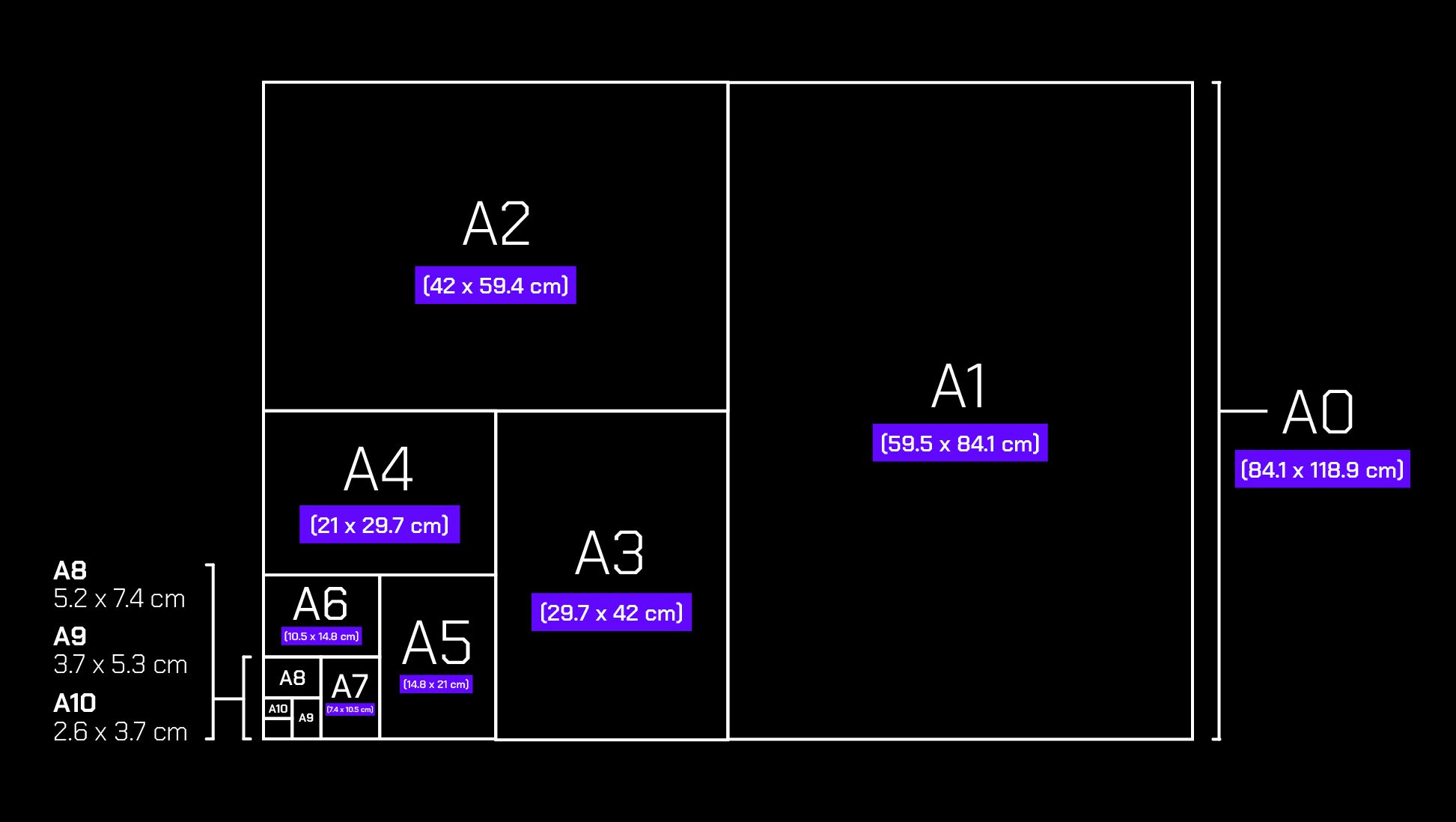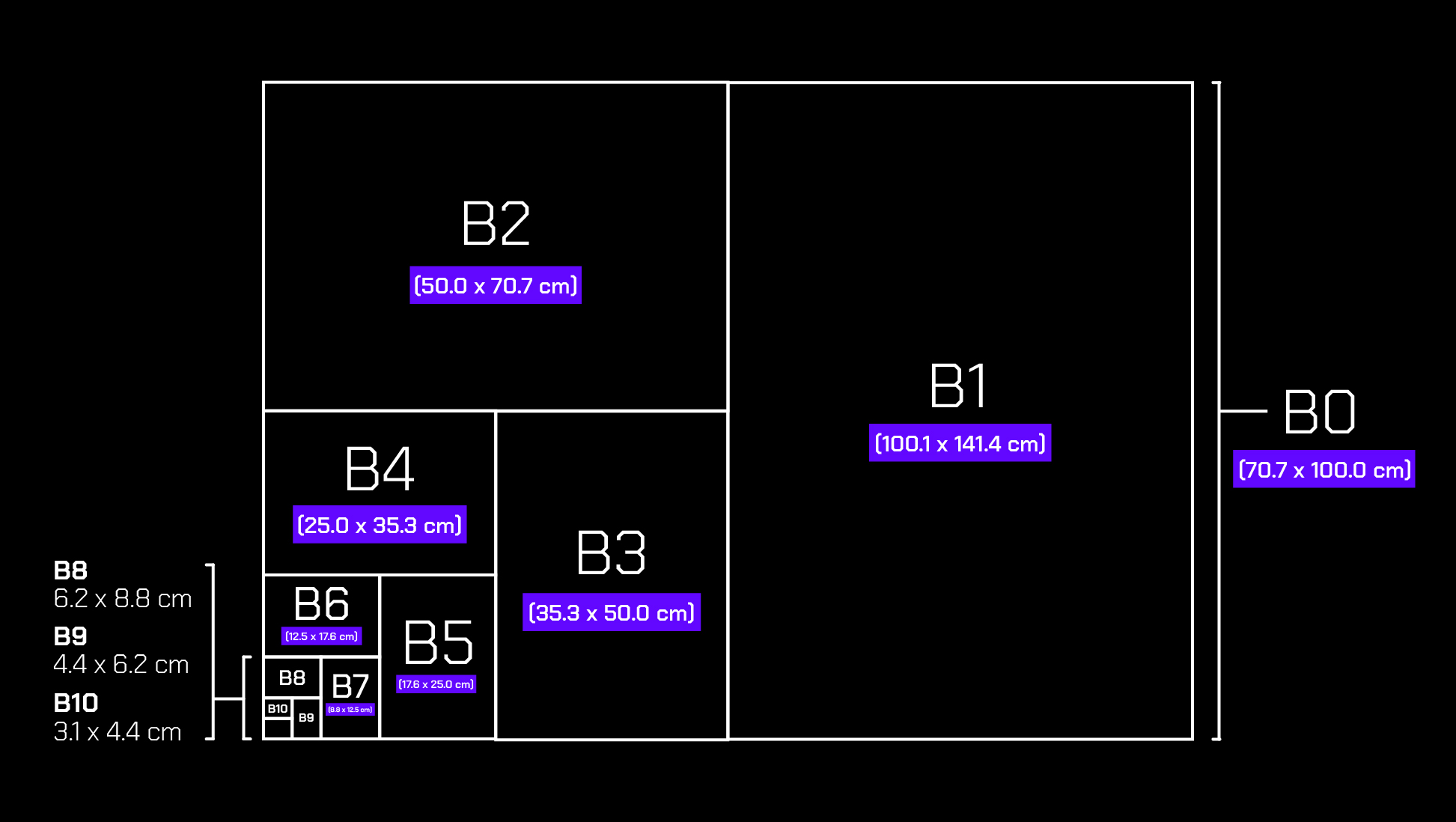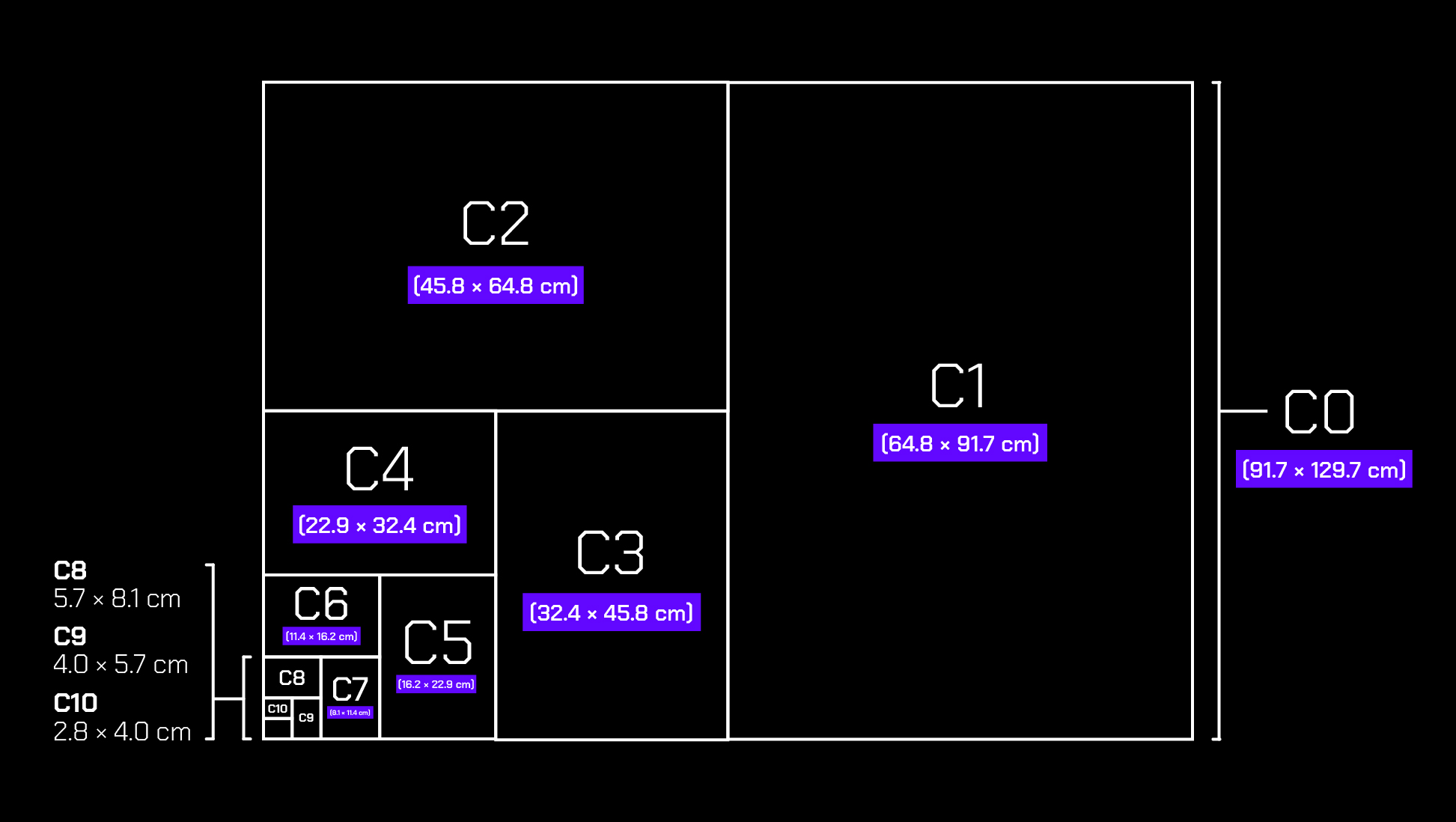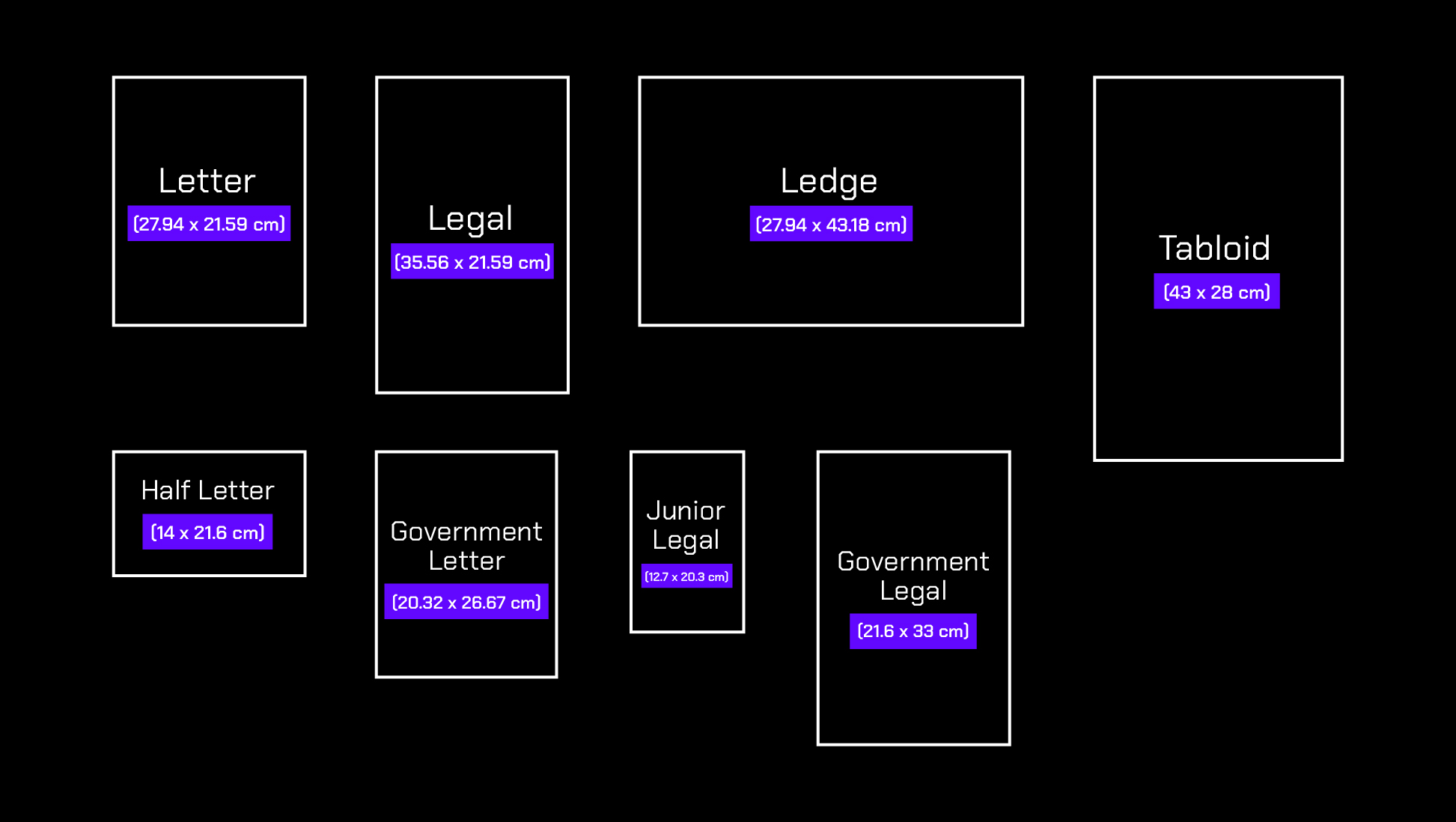Dear Amigos,
Booking a printing project can be as fun as it is nerve-wracking. In a mostly digital era, even the most seasoned designers can get confused over paper sizes, and how couldn’t we? It feels like there are too many options and mixes between letters and numbers. But worry not, we’re here with a handy guide to keep you out of trouble when it comes to choosing your canvas.
A bit of history about paper sizes
The beginning of papermaking, as many things in the world, traces back to China. There wasn’t much of a system since it was a handmade thing, and the sizes weren’t too consistent. The first recorded standards for paper sizes emerged in Europe during the 13th century with the “Quarto”, a system based on dividing sheets into quarters.
It wasn’t till the 15th century that the need for standardization begun, since the mass production of books and documents without uniformity was becoming inconvenient. However, at these early stages, sizes were determined by local needs. We were still ages away from the global consensus we have now.
There are two pinpoints later and history that solidified the systematization we recognize: German scientist Georg Christoph Lichtenberg proposing an aspect ratio based on the square root of 2, allowing for easy scaling of sizes (18th century) and the creation of the A Series of Standardization by Walter Porstmann in 1922, a logical structure where each size is half of the next larger size.
Today, the most used paper size systems in the world are the International (ISO 216) standard and the North American system. We’ll expand about each one of them below.
International (ISO 216) Standard
This system is predominantly used worldwide, except in North America. It is based on an aspect ratio of the square root of 2 (approximately 1.4142), allowing for easy scaling of documents. Including 3 different series of paper sizes, identified with letters “A”, “B” and “C”, it covers a range from 0 (the biggest size) to 10 (the smallest size) on each division.
Here you can find a diagram of all of the sizes as well as a table with their measures in centimeters and inches, as well as some common uses for each size.
“A” series

The A-series paper sizes exhibit a consistent relationship based on the square root of 2 aspect ratio. To illustrate, A1 paper is derived from A0 by halving the A0 sheet’s length while maintaining its width as the new length. This halving process continues sequentially down to A10.
Consequently, an A1 sheet corresponds to half of an A0 sheet, two A2 sheets, four A3 sheets, eight A4 sheets, and so forth.
“B” series

The B-series of paper sizes is extensively used in printing due to its compatibility with both paper dimensions and printing press sizes.
A key characteristic of B sheets is their ability to accommodate two A-series sheets simultaneously. For example, a single B3 sheet can hold two A4 sheets, while a B2 sheet can accommodate four A4 sheets. Therefore it’s widely used in the editorial world, for printing books for example.
Similar to the A-series, the B-series is derived from the B0 format. By definition, B0 has a width of 1 meter and a length of √2 meters, resulting in a length-to-width ratio of √2.
“C” series

The C series of paper sizes is derived from the geometric mean of the areas of the corresponding A and B series sheets. This series primarily serves as envelope sizes, ensuring that A/B series documents can be enclosed without folding.
For instance, an A4 brochure fits snugly within a C4 envelope. Similarly, an A5 sheet fits perfectly in a C5 envelope, as does a folded A4 sheet.
North American System

The American paper size system is primarily based on the imperial measurement system, which uses inches rather than the metric system employed by most other countries. The most common paper sizes in the United States include Letter (8.5 x 11 inches), Legal (8.5 x 14 inches), and Tabloid (11 x 17 inches). These sizes were established through various historical practices and have arbitrary aspect ratios, meaning they do not adhere to a consistent mathematical relationship like the international ISO standard sizes do.
Now you can take a deep breath and relax, your canvas size is probably correct after checking these measurements. If you still need reasurement, it’s always a good idea to be in contact with your local printer to understand what system or sizes they have available, and ask them all the questions you need, they’re full of knowledge. See you soon amigos!
Since you are really into design, you might be interested in these other articles and resources:
Glassdoor’s Rebrand: Improved Typeface, New Vibrant Identity



